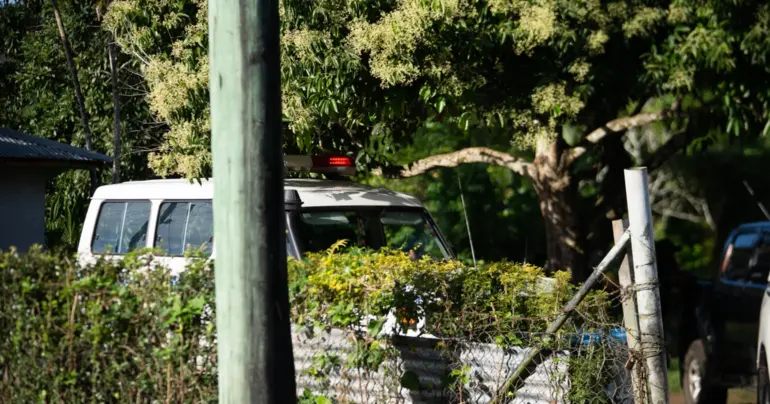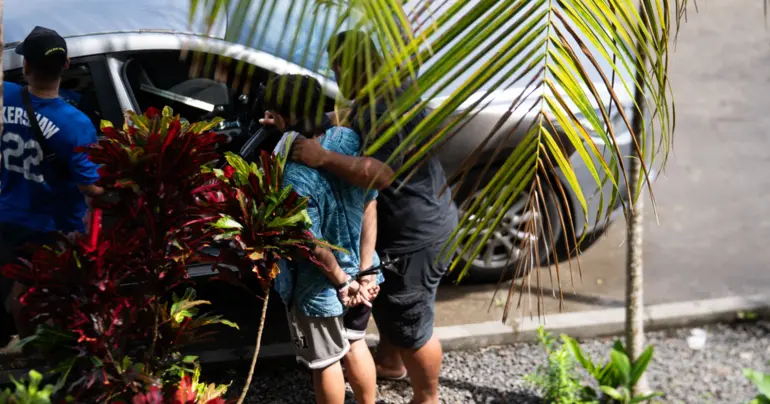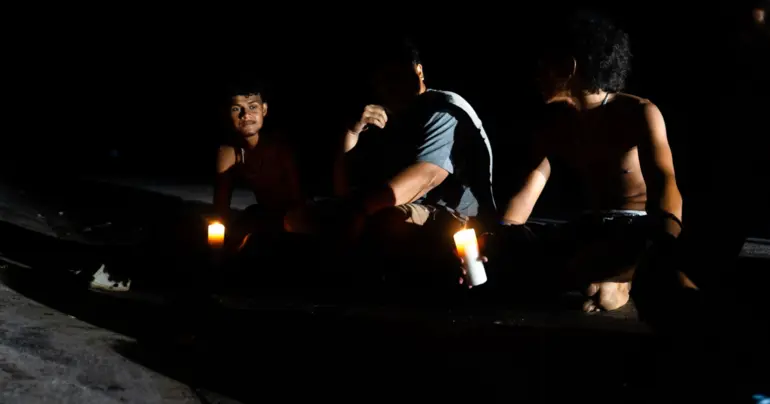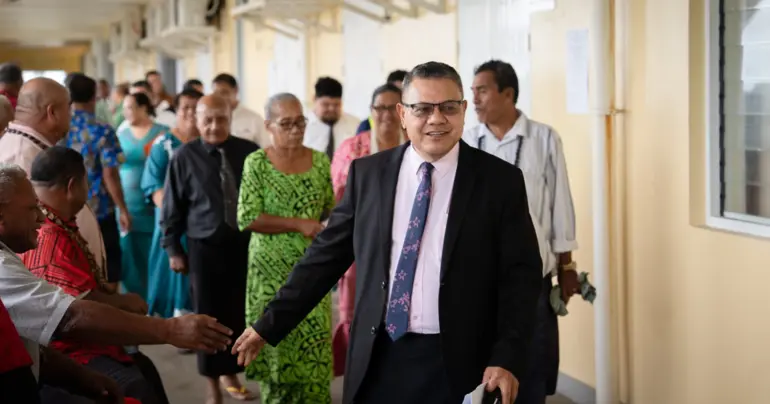Rise in vehicle crashes: coincidence or lapse in system?
Three vehicle incidents in 48 hours makes you wonder if our motorists are adequately trained to drive safely or have enough rest before getting on the road.
In fact every two weeks there are reports of traffic accidents published in the pages of the Samoa Observer, raising questions on whether motorists are now a danger to themselves and others.
On Sunday morning a Toyota Rav4 veered off the road and crashed into a concrete and metal pole before stopping. The impact of the crash dented the vehicle’s doors, broke the windscreen and destroyed a tyre.
A 2-year-old child, who was a passenger of the vehicle, was attended to by the Fire and Emergency Service Authority (F.E.S.A.) officers at the scene. A woman, believed to be in her 30s, was taken to hospital.
A policeman at the scene claimed the driver fell asleep at the wheel.
Early Monday morning a collision at Vaitele Fou involving two vehicles resulted in four people getting rushed to the national hospital.
The Toyota Hiace van’s engine suffered massive damage with the windscreen cracking while the Alphard’s rear window got smashed upon impact.
Police say the Toyota Hiace van failed to stop at an intersection when passing through Maali Street, which led to the collision with the Alphard.
The third motor vehicle incident on Monday was the result of speeding according to eyewitnesses, who alleged the speeding driver wasn’t able to stop his vehicle crashing into the other.
Thankfully, we haven’t had any deaths from these traffic incidents over the last two days. Unlike in August on the eve of the Father’s Day long weekend, when two people perished following a car crash.
So how do we address the rising incidences of vehicle crashes in Samoa and in the long term halt and reduce the risks of fatalities?
The five high risk factors for traffic collisions worldwide according to the World Health Organisation (W.H.O.) are speeding, drink-driving, distracted driving, seatbelts and child restraints and motorcycle helmets?
So which one of the five high risk factors above can be linked to the increasing number of vehicle collisions in Samoa?
Based on the articles we’ve published this year we do know that a number of traffic collisions in Samoa this year that led to death involved alcohol consumption as well as speeding.
So the next question to ask is whether our laws on drink-driving are adequate and are they a deterrence to motorists?
The W.H.O. report that we alluded to earlier says that checkpoints and random breath testing can lead to reductions in alcohol-related crashes by 20 per cent while being cost-effective.
So how effective are the police-manned checkpoints that we hear get to be set up in different parts of Apia town from Friday to Saturday nights?
And when will the police consistently use speed cameras on our roads in a bid to crack down on reckless motorists who think they are driving in a grand prix?
This newspaper has spotted the police using a speed camera on only one occasion in the past four weeks on Vaitele Street just past the Vaiusu Road turnoff. Therefore why aren’t speed cameras used consistently by the police?
According to the W.H.O. report an adult pedestrian’s risk of dying is less than 20 per cent if hit by a car travelling at 50 km/h and almost 60 per cent if hit at about 80 km/h.
This is why speed matters for a travelling vehicle: reduce the speed and you probably save a life in the process.
And then there is the issue of drivers falling asleep on the wheel due to fatigue, resulting in either the vehicle veering off the road or taking the wrong turn to get into a head-on collision with oncoming traffic.
Has the Ministry of Police ever thought of commissioning educational videos on the dangers of driver fatigue and targeting social media and mainstream media platforms in Samoa?
It is known that the lack of sufficient sleep can diminish alert levels and concentration, resulting in drivers being unable to recognise dangerous situations that they and their passengers could be in.
Nonetheless there have been one too many traffic incidents this year with a few of them resulting in the death of either the passengers or pedestrians.
Authorities tasked with the responsibility to keep our roads safe should start reviewing their systems and processes to identify the grey areas and work to rectify them as we countdown to the end of the year.











